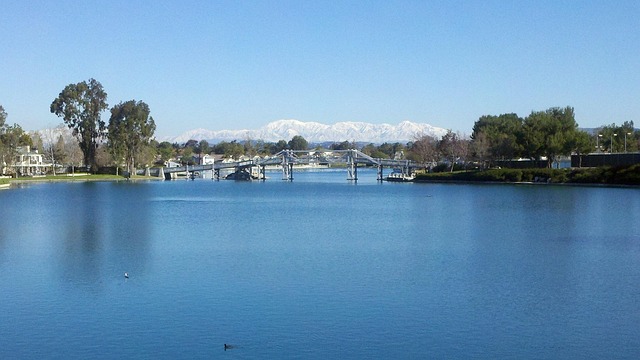Freeways drive real estate market dynamics by improving accessibility and connectivity, boosting property values along routes due to enhanced visibility and travel times. They foster community development, economic growth, social cohesion, and emergency response efficiency. Strategic freeway expansion connects remote areas, increases housing options, and attracts investment, shaping urban landscapes and real estate values.
“Imagine a world where communities are seamlessly connected, thanks to an expansive freeway network. This isn’t just infrastructure; it’s a catalyst for growth and change. In this article, we explore the profound impact of freeways on real estate, from property value boosts to the very fabric of urban landscapes. We delve into how these road systems connect people, foster economic development, and create vibrant, accessible neighborhoods, making them key considerations in any real estate discussion.”
How Freeways Impact Property Values in Real Estate

The construction and expansion of freeways have a profound effect on the real estate market, influencing property values in significant ways. One of the most direct impacts is the enhancement of accessibility and connectivity between communities. This improved access can increase the desirability of certain areas, leading to higher property values. For instance, properties located along major freeway routes often experience a boost in their market value due to better visibility and easier reach for potential buyers or tenants.
Additionally, freeways facilitate faster travel times, which is a key consideration for many individuals and families. Shorter commute times can make areas that were once considered remote or less desirable suddenly more appealing. This shift in preference can drive up property prices as the demand for certain locations increases. Real estate agents often note that properties with convenient freeway access are highly sought-after, especially in densely populated regions where space is limited.
Connecting Communities: A Network's Benefits for Residents

A well-connected freeway network is a cornerstone for any thriving community, offering numerous advantages that directly impact residents’ daily lives and long-term prospects. Beyond simply facilitating faster travel between destinations, this robust infrastructure serves as a vital link that binds neighborhoods together. Efficient transportation routes encourage economic growth by fostering easier access to real estate opportunities, employment hubs, and diverse markets. Residents benefit from increased property values, a broader range of housing options, and improved connectivity with nearby communities.
Moreover, an expansive freeway network promotes social cohesion and cultural exchange. It enables people from different backgrounds and locations to interact more easily, enriching local communities with varied perspectives and shared experiences. This interconnectedness also supports emergency services, ensuring swift response times during crises. Ultimately, a well-designed transportation system is instrumental in creating vibrant, sustainable, and resilient communities that thrive on both economic and social levels.
The Role of Infrastructure in Shaping Urban Landscapes

Infrastructure plays a pivotal role in shaping urban landscapes and influencing real estate values. Freeways, as a key component of transportation infrastructure, have a profound impact on how cities develop and grow. The expansion of freeway networks connects communities, facilitating easier access and mobility. This interconnectedness has far-reaching effects on land use planning, with areas bordering these freeways often experiencing higher demand for residential and commercial properties.
The strategic placement of freeways can enhance the appeal of nearby neighborhoods, driving real estate development and investment. Efficient transportation networks reduce commute times, making locations more desirable to live and work in. As a result, urban landscapes evolve, with vibrant communities sprouting up along these well-connected corridors. This dynamic interplay between infrastructure and real estate values underscores the importance of well-planned transportation systems in shaping the future of cities.






